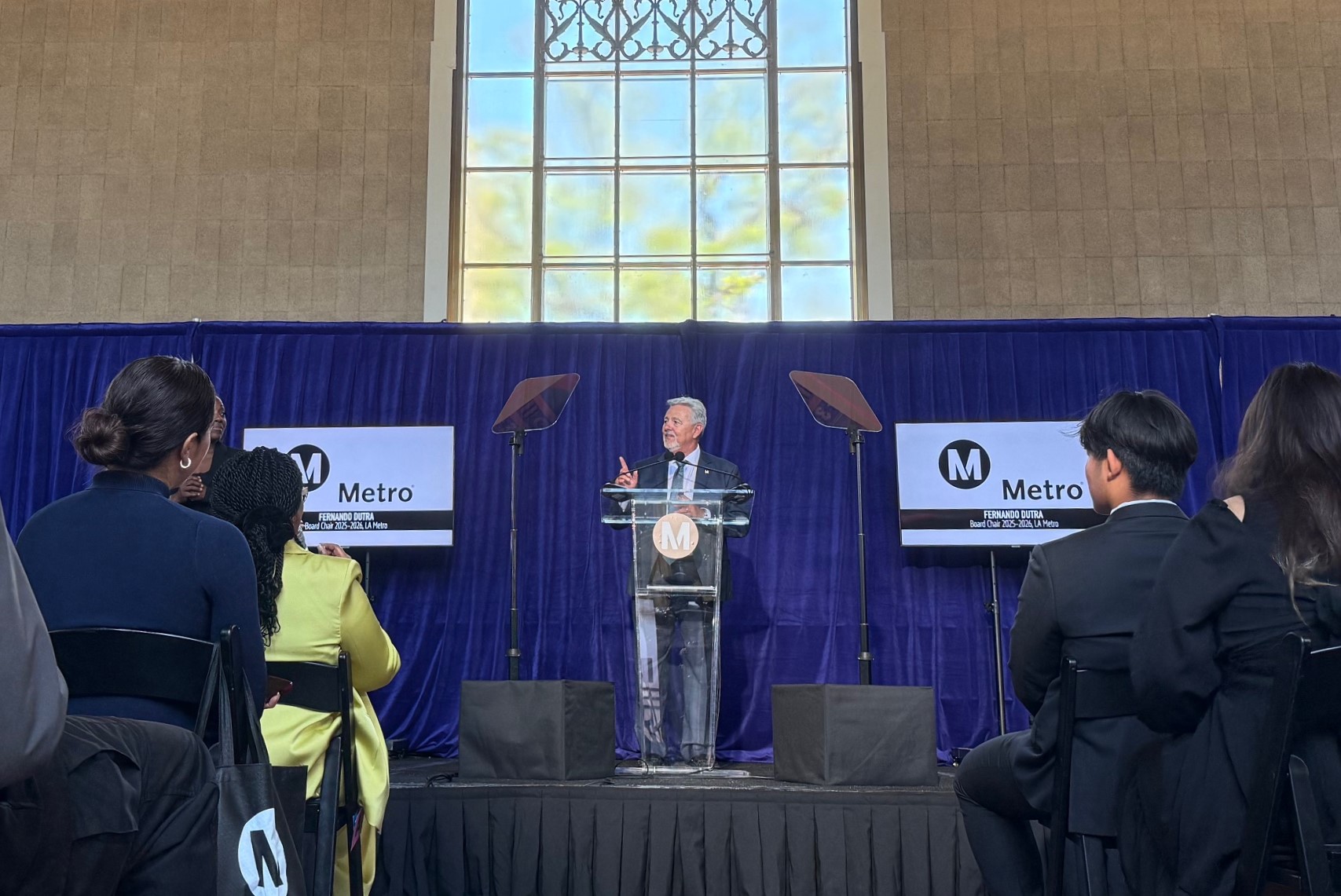Via Planetizen, Richard Florida argues the decline in the popularity of
suburbs is not just a product of rising oil prices, but a result of a
new "spatial fix" that is reorganizing how and where people live their
lives. From Florida's column in the Globe and Mail:
What's happening here goes a lot deeper than the end of cheap oil. Weare now passing through the early development of a wholly newgeographic order – what geographers call “the spatial fix” – of whichthe move back toward the city is just one part.
Suburbanization was the spatial fix for the industrial age – thegeographic expression of mass production. Low-cost mortgages, massivehighway systems and suburban infrastructure projects fuelled theindustrial engine of postwar capitalism, propelling demand for cars,appliances and all sorts of industrial goods.
The creative economy is giving rise to a new spatial fix and a verydifferent geography – the contours of which are only now emerging.Rising fuel costs are one thing, but in today's idea-driven economy, it's time costs that really matter.With the constant pressure to be more efficient and to innovate, itmakes little sense to waste countless collective hours commuting. Sothe most efficient and productive regions are the ones in which peopleare thinking and working – not sitting in traffic. And, according todetailed research by the Nobel Prize-winning economist Daniel Kahneman,commuting is among the least enjoyable, if not the single leastenjoyable, of all human activities.






